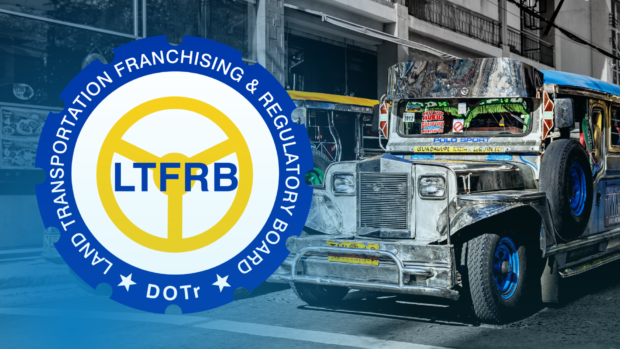
MANILA, Philippines — The Land Transportation Franchising and Regulatory Board (LTFRB) has downplayed the impact of the looming three-day strike of transport group Manibela next week, saying “they do not have the capability” to paralyze public transportation.
Asked about the agency’s estimate on the number of jeepney drivers who will join the strike, LTFRB chair Teofilo Guadiz III told reporters on Monday that an “insignificant” 3 to 4 percent of the jeepneys in Metro Manila might participate in the transport strike.
“That’s very small, so we are confident that work will not be disrupted,” Guadiz said, noting that they would still put contingency measures in place as a precaution.
Buses will be made available from July 24 to July 26 to ferry stranded passengers, he said.
The Philippine National Police will also monitor the peace and order situation, particularly those who might harass or intimidate other jeepney drivers who will not join the strike.
In a press conference on July 12, Manibela national president Mar Valbuena announced his group’s plan to stage a three-day transport strike starting July 24, coinciding with the second State of the Nation Address of President Marcos.
Manibela was the same group that staged a transport strike in March along with Piston to protest the looming phaseout of traditional jeepneys as part of the government’s modernization program.
This time, however, Valbuena said the strike was prompted by the alleged preferential treatment in awarding routes to local governments and corporations instead of cooperatives.
The LTFRB said it has already identified the routes in Metro Manila that might be affected by the strike, one of them being in Balintawak, Quezon City.
Guadiz warned that jeepney drivers caught joining the transport strike might receive a show-cause order with penalties of suspension or revocation of their franchises.
“The moment we take a picture of your jeepneys, you will be issued a show-cause order immediately … We have cameras, so it’s easy for us to identify these motor vehicles; we also have our way of determining the operators and the motor vehicles,” he said.